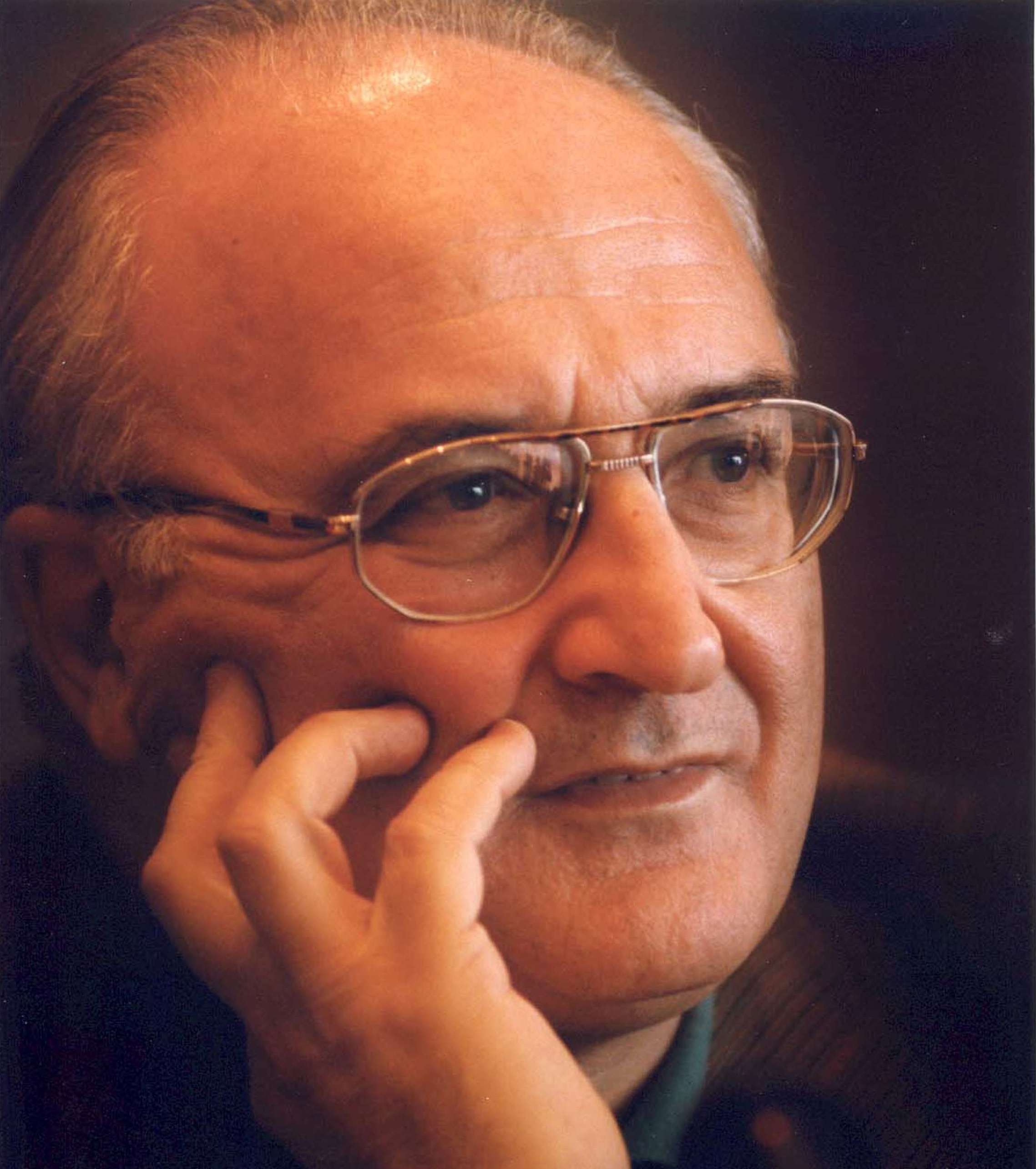|
Back
Norrington Returns to Montréal Montréal
Salle Wilfrid-Pelletier
11/16/2010 - & November 18, 2010
Joseph Haydn: Symphony No. 49 in F minor, La passione
Niccolo Paganini: Concerto for Violin No. 4 in D minor
Edward Elgar: Variations on an Original Theme for Orchestra, Op. 36 ("Enigma")
Salvatore Accardo (violin)
Orchestre Symphonique de Montréal, Sir Roger Norrington (conductor)

S. Accardo (© Ging Clun)
With Music Director Kent Nagano out of town, this week’s Grand Concerts series for the Orchestre Symphonique de Montréal (OSM) welcomed the return of conductor Sir Roger Norrington and violinist Salvatore Accardo, both of whom have been frequent guests here.
For the first part of the concert, Norrington reduced the strings to a handful, closely grouped around him, and a harpsichord which was most of the time inaudible from where I was sitting in the first balcony of a 3000-seat hall. For Haydn’s Symphony No. 49, La passione, he used no score, no baton, no podium… and no passion. This is one of Haydn’s Sturm und Drang (Storm and Stress) works, full of melodic leaps and dramatic syncopation. Norrington conducted it with perfect phrasing and sensitivity, but also with such caution and reticence that the passion and urgency that we kept expecting never came through. It could have been taken for Haydn’s Lamentation Symphony (No. 26).
Salvatore Accardo’s rendition of Paganini’s Concerto for Violin No. 4 also fell short. Renowned for his performances of Paganini since winning the first Genoa Paganini Competition in 1958, Accardo, perhaps hindered by Norrington’s disinterested conducting, produced a less than ideal performance, characterized by scratchy bowing and steely sound. Warmth and sincerity were sorely lacking. The use of trombones in this transparent score was novel in Paganini’s day, and as if to prove the point, in this performance almost blew the rest of the orchestra of the stage. Accardo redeemed himself, however, with an encore, Nathan Milstein’s Paganiniana, which he delivered with verve and flawless technique.
After intermission, the full orchestra offered Elgar’s Enigma Variations with Norrington now on a short podium. He placed the eight basses along the back of the orchestra, with the percussion and horns at stage right and the remaining brass on high risers at stage left. Here, finally, the concert came to life – the OSM shined at its best – luxurious strings, burnished brass, warm woodwinds, perfect modulation and balance. One had the sense that the orchestra knew exactly what it was doing. The performance was marred only by Norrington’s unusually long pauses between some of the variations, thus detracting from the continuity and dramatic line of this cohesive masterpiece.
Earl A. Love
|